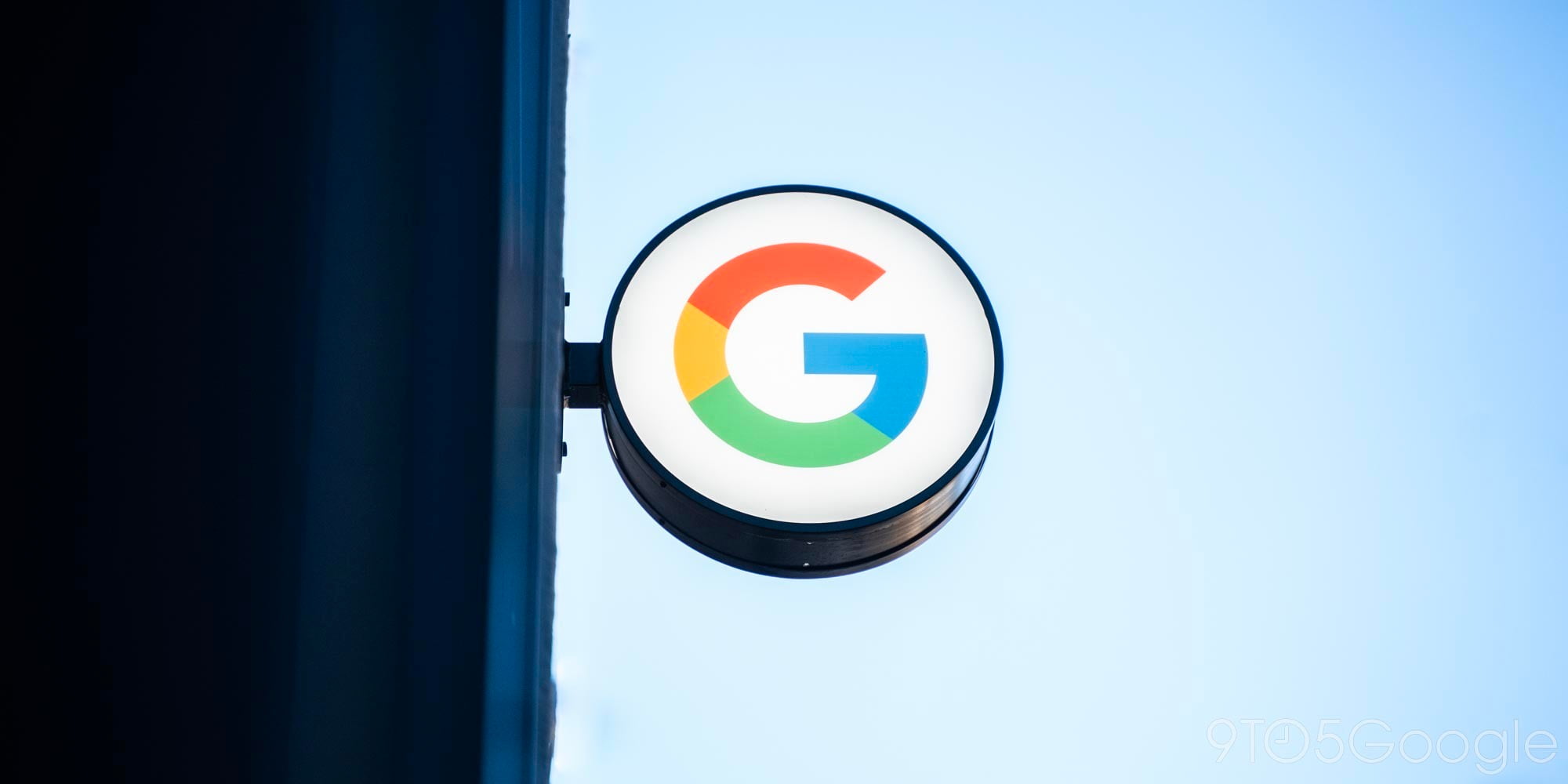LG developed a display panel with an integrated fingerprint reader

In flagship devices today, a fingerprint reader is almost a given. We use it for not just unlocking our device, but also a slew of security features which allow us not to deal with the hassle of passwords, and now a series of mobile payment services — notably Chase banking and Google‘s own Android Pay — are making their way to our phones.
In all handsets, these scanners usually hide underneath a physical home button, or are otherwise implemented on the back of the phones via a dedicated sensor. However, LG‘s subsidiary Innotek has developed an under-glass fingerprint sensor module, which could come into production as early as this year…



